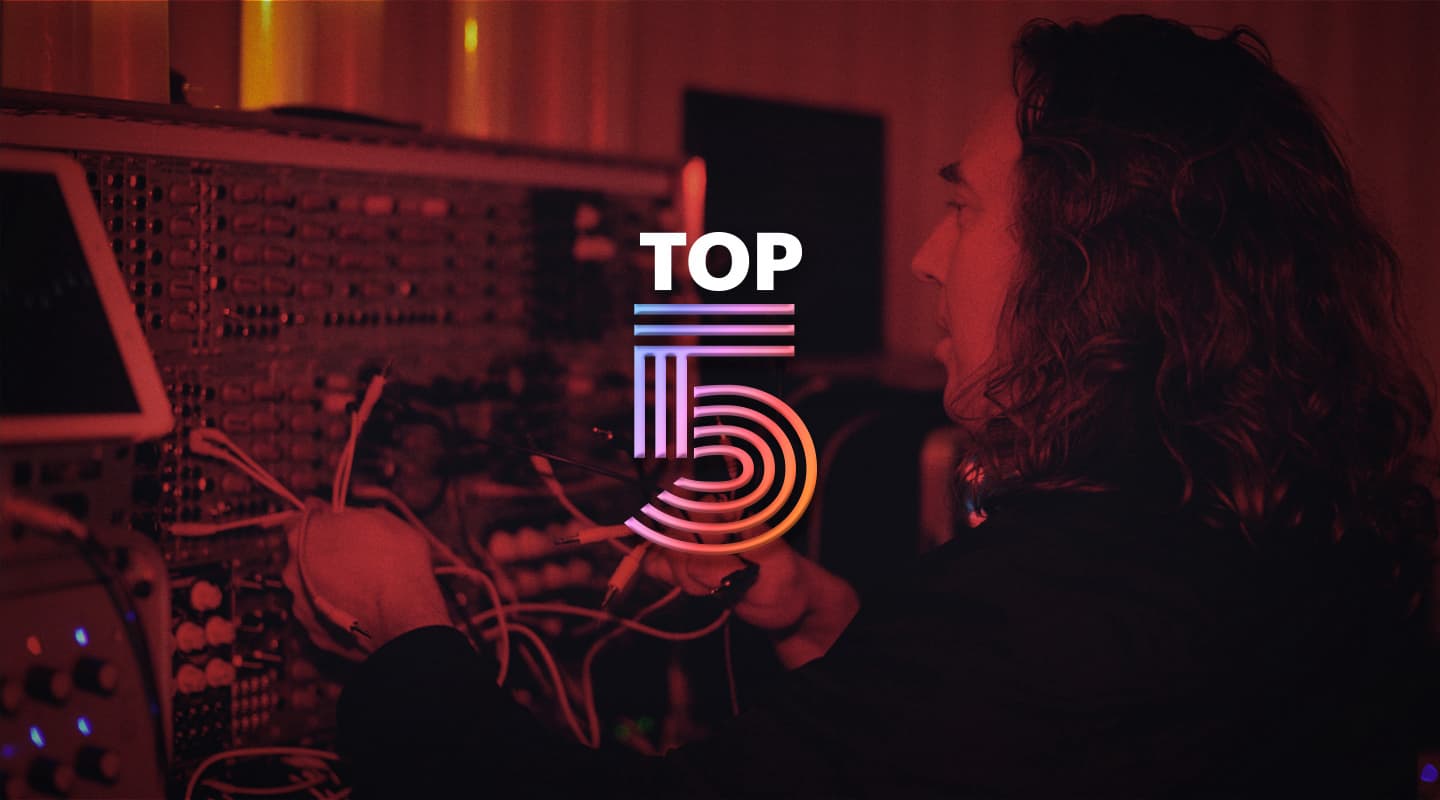
Top 5: Thorsten Quaeschning, Tangerine Dream
Leader of seminal electronica group Tangerine Dream, Thorsten Quaeschning, names the Top 5 studio tools he can’t do without.
By Joe Matera
19 January 2022
MODULAR SYNTHESIZERS
The reason why I prefer using modular synths is that I’m forced to make decisions fast. This way I can create sounds that no one has heard before. They are completely my own sounds. And because of this, you don’t have a chance to go back to a sound you’ve worked on previously. You have to record it then and there. When working with modular, I get uniquely close to the sound I hear in my head.
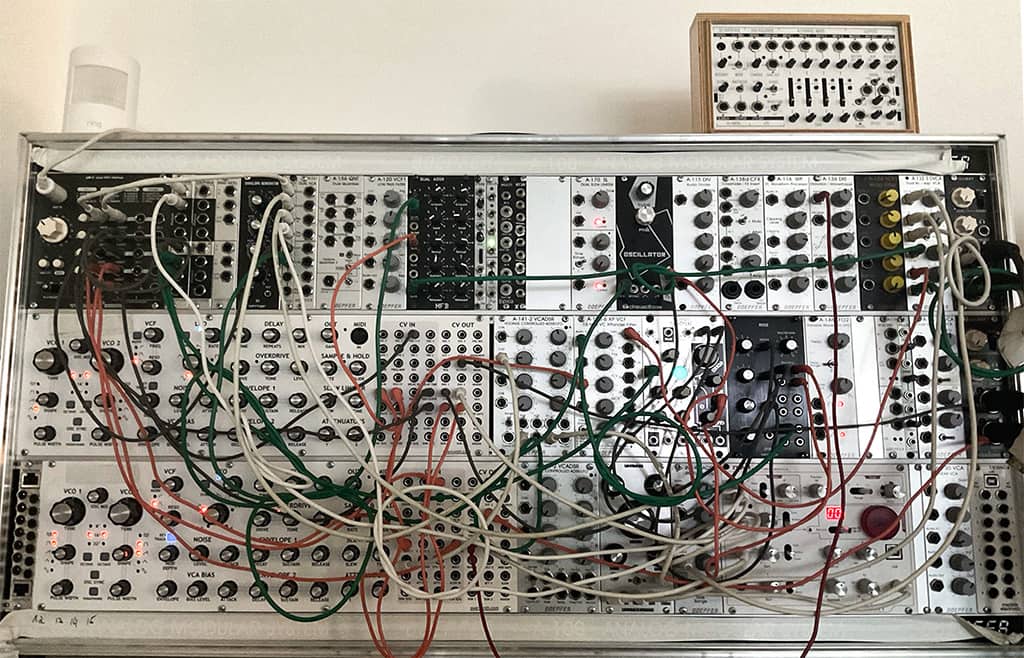

MOOG VOYAGER MONOPHONIC SYNTHESIZER
I have three Voyagers in my studio: two keyboard versions and one rack version. 95% of all my bass sounds come from one, and the other is for leads. One is from 2001 and the other from 2006 and both sound totally different. The rack version sounds a little bit different too — the third oscillator, meant to be like the first, sounds nothing like it. You cannot recreate these discrepancies in a plugin. No one really knows how a fresh-from-the-box model sounded, especially after years of use. Even on the recordings that used them, they went through a mixing desk, tape saturations and who knows what else. There is no chance anyone can actually hear how it sounded originally.
NOVATION PEAK SYNTHESIZER
I think the treatment of polyphonic arpeggiators as chord arpeggiators ends up sounding too harsh and angry on most synths. That’s why I love Peak so much. The arp sounds so grippy and the envelopes are great; they’re short and the attack is very fast. It is a hybrid too, as the filter is analogue while the oscillator is digital, though at 192kHz. It also has an unbelievable sounding overdrive which I use as much as I can.


ROLAND JUPITER-8 SYNTHESIZER
I really like the pads of the Jupiter-8. Combine this with the shimmering reverb of the Strymon NightSky, and I get an important element of the Tangerine Dream sound. The Jupiter doesn’t have the modulation opportunities available to get that kind of shimmer I’m looking for, so using both is a must for this specific sound.

SOFTUBE CONSOLE 1
I really love using this, especially for the channel strips plugins I use, like the SSL4000 and SSL9000 consoles. By using the Softube controller, I can twist the knobs in a way that’s different than when I’m using a mouse. It allows me to ignore the numbers. A mastering engineer once told me that if you have to use an equaliser to add more than three decibels, you should use another sound! So when I’m using just the knob, I can use my ear more than being distracted by decibel numbers on the screen and make better mix decisions. I also like using it this way in achieving the highs and lows for compression which makes a huge difference to the final sound.

















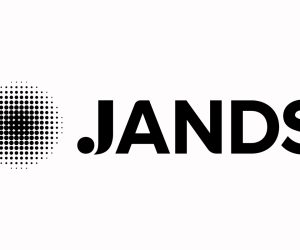


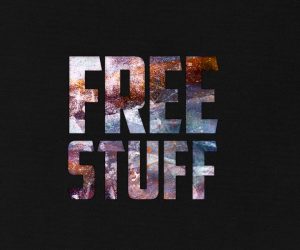


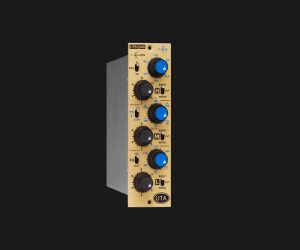



RESPONSES